توضیحات
دانلود حل المسائل (حل تمرین) کتاب مبانی فیزیک نوشته دیوید هالیدی، رابرت رزنیک و جرل واکر – ویرایش 5,6,7,8,9
کتاب مبانی فیزیک هالیدی در چارت درسی کارشناسی مهندسی مکانیک، هوافضا، عمران، شیمی، مواد، نفت، برق، کامپیوتر، علوم ریاضی و فیزیک قرار دارد.
عنوان های فصول کتاب:
- فیزیک و اندازه گیری
- حرکت یک بعدی
- سیستم های مختصات
- حرکت دو بعدی
- قوانین حرکت
- حرکت دایروی و سایر کاربردهای قانون نیوتون
- کار و انرژی جنبشی
- انرژی پتانسیل و بقای انرژی
- تکانه خطی و برخورد
- چرخش جسم صلب حول محور ثابت
- حرکت غلطکی یک جسم صلب
- تعادل استاتیکی
- حرکت نوسانی
- قانون جاذبه
- مکانیک سیالات
- حرکت موج
- امواج صوتی
- اصل برهم نهی و امواج ایستاده
- دما
- حرارت و قانون اول ترمودینامیک
- نظریه جنبشی گازها
- موتور حرارتی و قانون دوم ترمودینامیک
- میدان های الکتریکی
- قانون گاوس
- پتانسیل الکتریکی
- خازن و دی الکتریک ها
- جریان و مقاومت
- مدارهای جریان مستقیم
- میدان های مغناطیسی
- منابع میدان مغناطیسی
- قانون فارادی
- القا
- مدارهای جریان متناوب
- امواج الکترومغناطیس
- طبیعت نور و قوانی هندسی – اپتیکی
- هندسی – اپتیک
- تداخل امواج نوری
- انکسار و قطبش
- نسبیت
بخشی از خود کتاب مبانی فیزیک هالیدی درباره نسبیت:
Most of our everyday experiences and observations have to do with objects that move at speeds much less than the speed of light. Newtonian mechanics was formulated to describe the motion of such objects, and this formalism is still very successful in describing a wide range of phenomena that occur at low speeds.
It fails, however, when applied to particles whose speeds approach that of light. Experimentally, the predictions of Newtonian theory can be tested at high speeds by accelerating electrons or other charged particles through a large electric potential difference.
For example, it is possible to accelerate an electron to a speed of 0.99c (where c is the speed of light) by using a potential difference of several million volts. According to Newtonian mechanics, if the potential difference is increased by a factor of 4, the electron’s kinetic energy is four times greater and its speed should double to 1.98c.
However, experiments show that the speed of the electron—as well as the speed of any other particle in the Universe—always remains less than the speed of light, regardless of the size of the accelerating voltage. Because it places no upper limit on speed, Newtonian mechanics is contrary to modern experimental results and is clearly a limited theory.
In 1905, at only 26, Einstein published his special theory of relativity. Regarding the theory, Einstein wrote:
The relativity theory arose from necessity, from serious and deep contradictions in the old theory from which there seemed no escape. The strength of the new theory lies in the consistency and simplicity with which it solves all
these difficulties . . . . 1
More info
Although Einstein made many other important scientific contributions, the special theory of relativity alone represents one of the greatest intellectual achievements of all time. With this theory, experimental observations can be correctly predicted over the range of speeds from to speeds approaching the speed of light.
Einstein’s theory reduces Newtonian mechanics at low speeds as a limiting situation. It is important to recognize that Einstein was working on electromagnetism when he developed the special theory of relativity. He was convinced that Maxwell’s equations were correct, and in order to reconcile them with one of his postulates, he was forced into the bizarre notion of assuming that space and time are not absolute.
This chapter gives an introduction to the special theory of relativity, with emphasis on some of its consequences. The special theory covers phenomena such as the slowing down of clocks and the contraction of lengths in moving reference frames as measured by a stationary observer.
We also discuss the relativistic forms of momentum and energy, as well as some consequences of the famous mass-energy formula, In addition to its well-known and essential role in theoretical physics, the special theory of relativity has practical applications, including the design of nuclear power plants and modern global positioning system (GPS) units.
These devices do not work if designed in accordance with nonrelativistic principles. We shall have occasion to use relativity in some subsequent chapters of the extended version of this text, most often presenting only the outcome of relativistic effects.
در صورت داشتن هرگونه سوال و یا مشکل در بخش پشتیبانی شاپ تو استور مطرح نمایید.


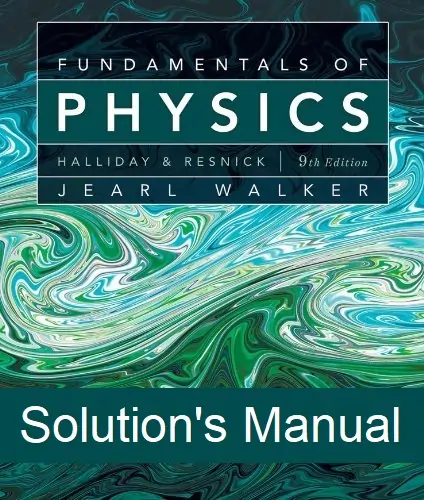
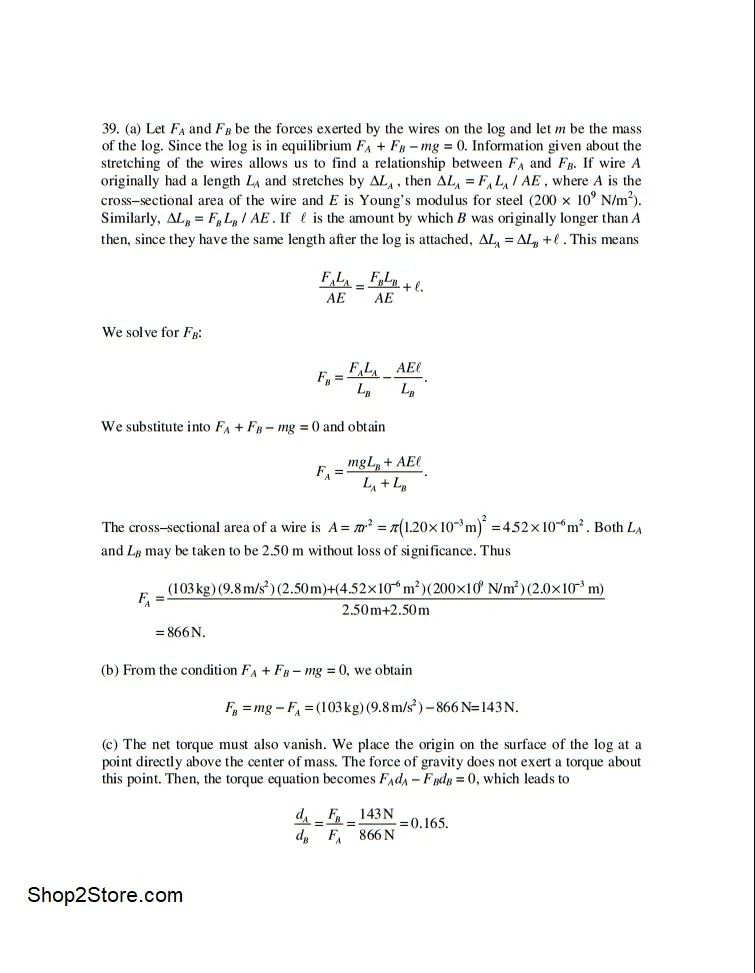
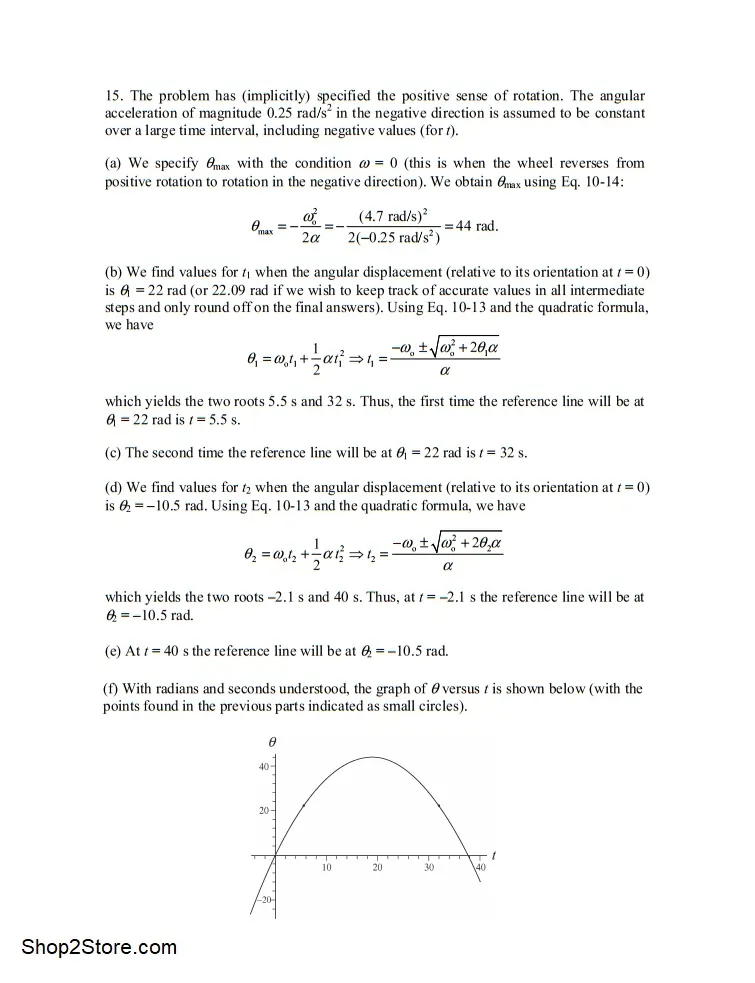
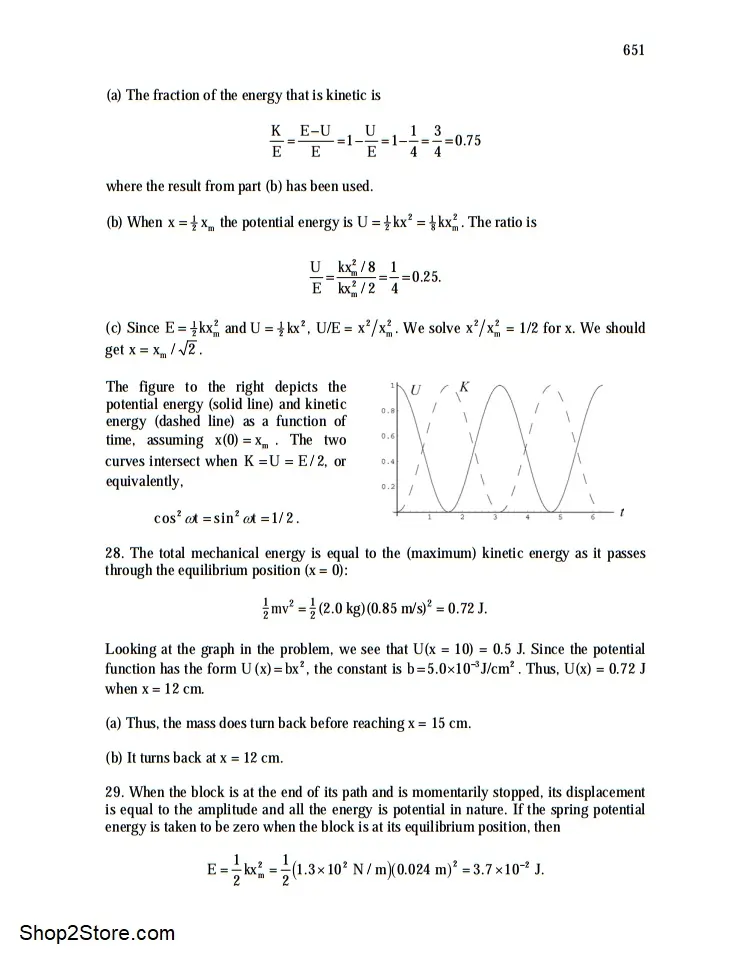



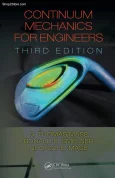





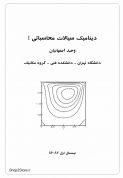
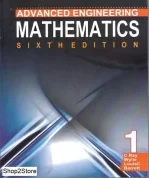



دیدگاهها (0)
نقد و بررسیها
هنوز بررسیای ثبت نشده است.